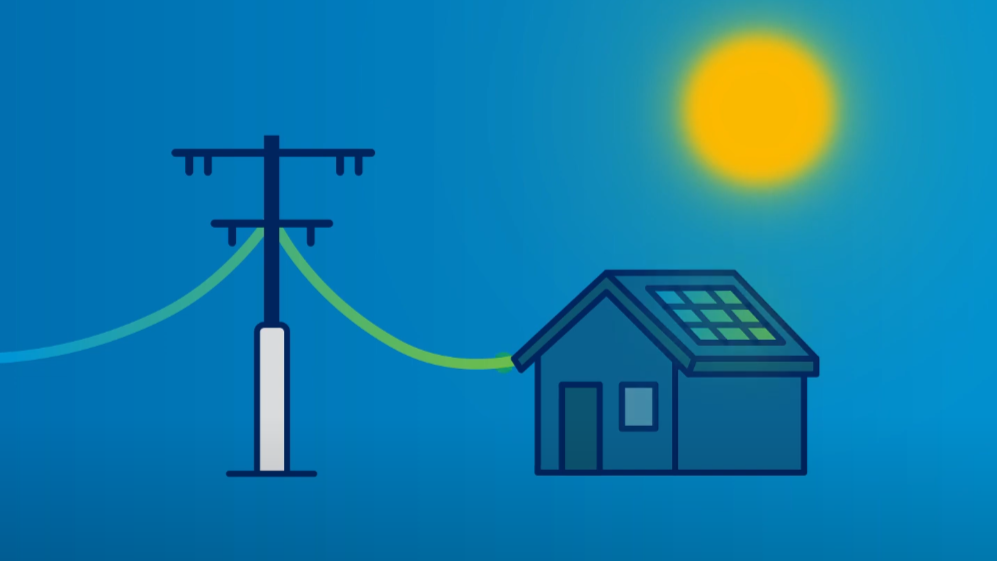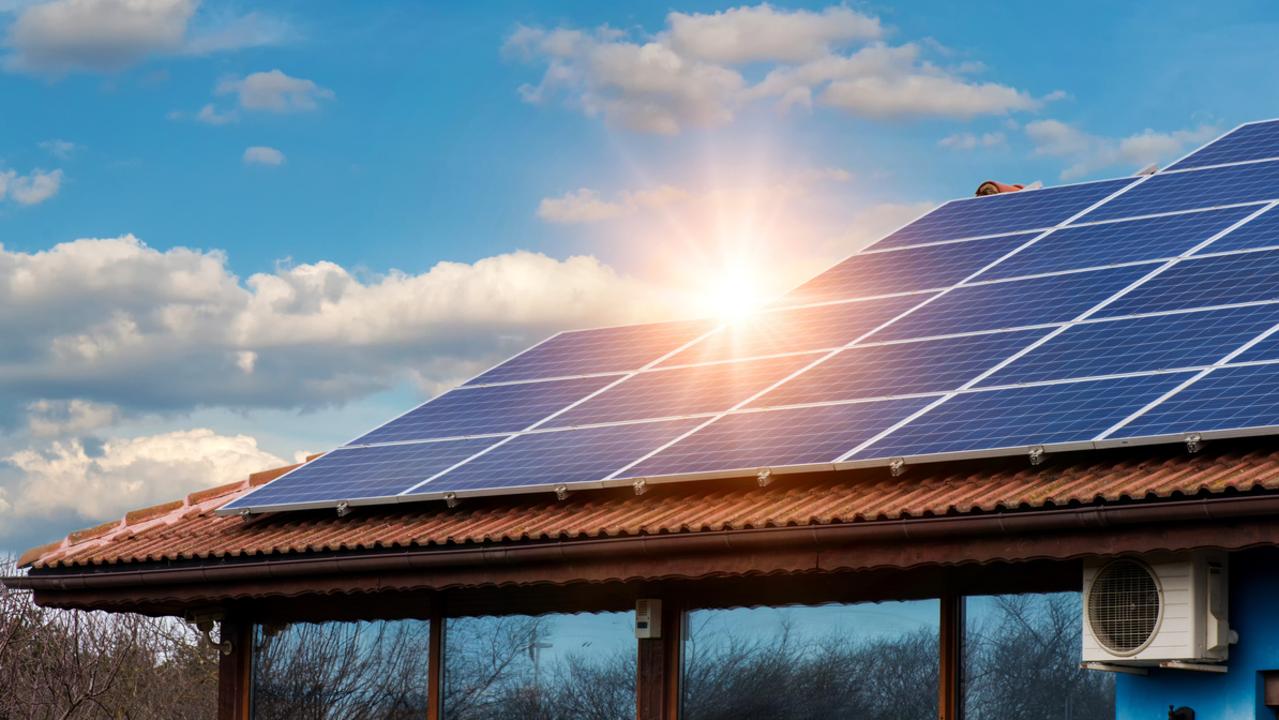What is energy storage?
Energy storage is how we save electricity for later use. As we switch to more renewable sources like solar and wind power, we need energy storage to capture the energy when it’s available to make sure we have power when the sun isn’t shining, and the wind isn’t blowing.
There are lots of ways to store energy including batteries, electric hot water systems, electric vehicles and pumped hydro.





